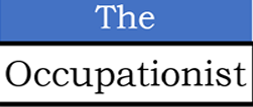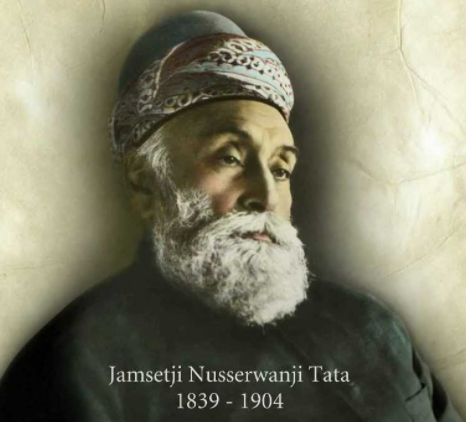While ventilation is a big word today, thanks to Covid, Jamsetji Tata, founder of the Tata Group who founded the Empress Mills in Nagpur on 1 January 1877, thought about ventilation in his mill almost 145 years ago.
Empress Mills was a textile mill that produced high quality textiles.
Jamsetji was proud of Empress Mills, for him, it was a labor of love. It was not just a high-quality cotton spinning mill but a caring institution which provided the best facilities for the welfare of its people, writes Harish Bhat in his book Tata Stories: 40 timeless tales to inspire you.
In 1895, speaking at the opening of a new extension of Empress Mills, Jamsetji Tata talked about some of the specific steps that Empress Mills had taken for employee care.
For instance, on the subject of ventilation in the mills, Jamsetji said, ‘we have paid the greatest attention to sanitary arrangements, and constantly studied the question with the view to improve them.’
He further said, ‘we have provided fans for ventilation, humidifiers to prevent the effects of extremely dry air, khus-khus tatties for cooling the rooms, which must, by the nature of our business, get hotter in the hot weather. But still we are not satisfied with what we have done.’
Continuing his address, Jamsetji said, ‘We are about to try a new scheme in the shed. This scheme, we hope, will be a great improvement upon what we have hitherto done, and we are confident that if it succeeds in nothing else, it is sure to succeed in one thing – and that is in giving an equally distributed supply of free, fresh and pure air to our workpeople.’
This was a profound speech, and a great thought process in Occupational Health and Industrial Hygiene in India almost 145 years ago. Even the developed world then wasn’t as compassionate to the workers and were struggling to lay down the fundamentals of OH. Sadly, we don’t get to see this gesture in plentiful towards workers even in these times.
Jamsetji Tata said, ‘we have provided fans for ventilation, humidifiers to prevent the effects of extremely dry air…
What is ventilation? Have you ever been into a room that was closed for days? As soon as you enter such a room you feel stuffy and a musky smell in the room. If you keep the windows and doors open for some time and put on a fan the stuffy feeling goes away and the musky smell also reduces and eventually disappears.
Ventilation brings in fresh outdoor air and pushes the inside air as it may be contaminated or stale. The contamination could be dust, chemicals, biological (virus, allergens etc.), chemicals etc. Ventilation helps maintain temperature and humidity at comfortable levels, reduces fire hazards and removes or dilutes any airborne contaminants.
When I read this about Jamsetji, it took me back to Ratan Tata’s contribution to Occupational Health in the Indica car factory in 1996-97. Ratan Tata had noticed the operators fix the rear strut of the car manually and would have to bend down 600 times to complete this operation on 300 cars each day.
He had called his managers and asked, ‘how can we expect our men to do this throughout their lives? Surely it will damage their health. We must provide an automation solution on priority.’ The engineering department rose to the occasion and quickly developed a fixture to semi-automate the operation.
The Tata legacy of being a caring institution which provides the best facilities for the welfare of its people continues.
Jamsetji, being a great visionary, must have thought how he can make life of the workers comfortable. He demonstrated alertness to the situation, a compassion for fellow workers and a willingness to take action that culminated in improving ventilation. I am sure there was no OH physician to advise him.
Ventilation is good for health everywhere – homes, offices, factories or outdoor environments.
Occupational Health (OH) at a very basic level is practiced unknowingly by many. The ingredients are common to all – alertness, compassion and willingness. Compassion is when someone responds with warmth and care.
That’s the beauty of OH – it is omnipresent, and at a basic level it can be practiced by anyone, and in reality, is being practiced knowingly or unknowingly by everyone. Of course, complex problems will require expertise of an OH physician.
For further discussion or more info, contact
_________________________________________________________________________________________________________
Dr Ajay Sati is an Occupational Health physician who prefers to describe himself as an Occupationist, to denote, ‘an expert in diseases and other concerns of occupations’. Dr Sati has managed health and wellness programs in industries he worked, like the atomic energy, and energy (oil & gas) in India and overseas. He was involved in many greenfield and brownfield projects providing inputs from health point of view. Known for SOPs and protocols, he is currently involved with an energy MNC in designing protocols to support employees during the covid pandemic, and protocols to safely reopen offices and plants.



